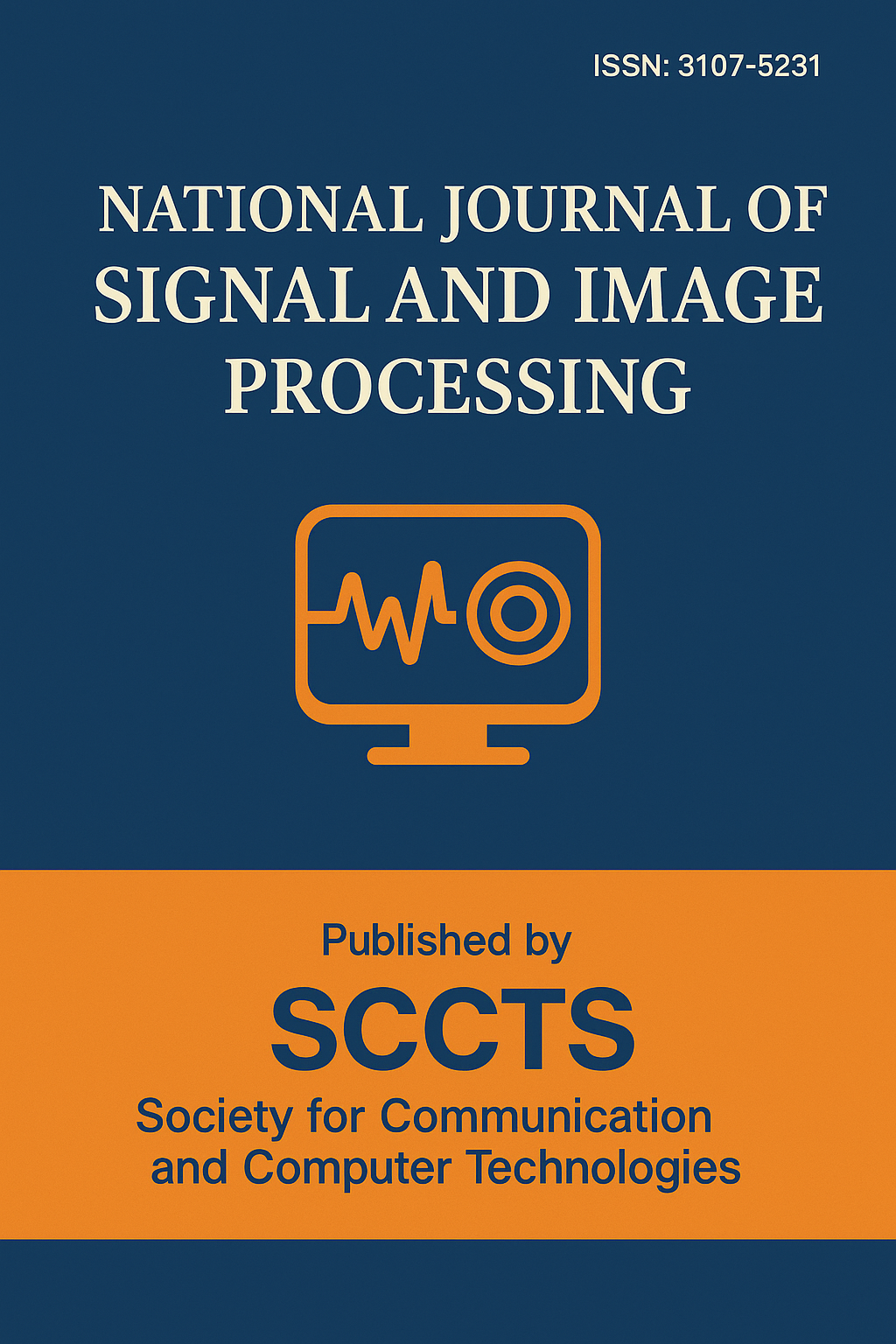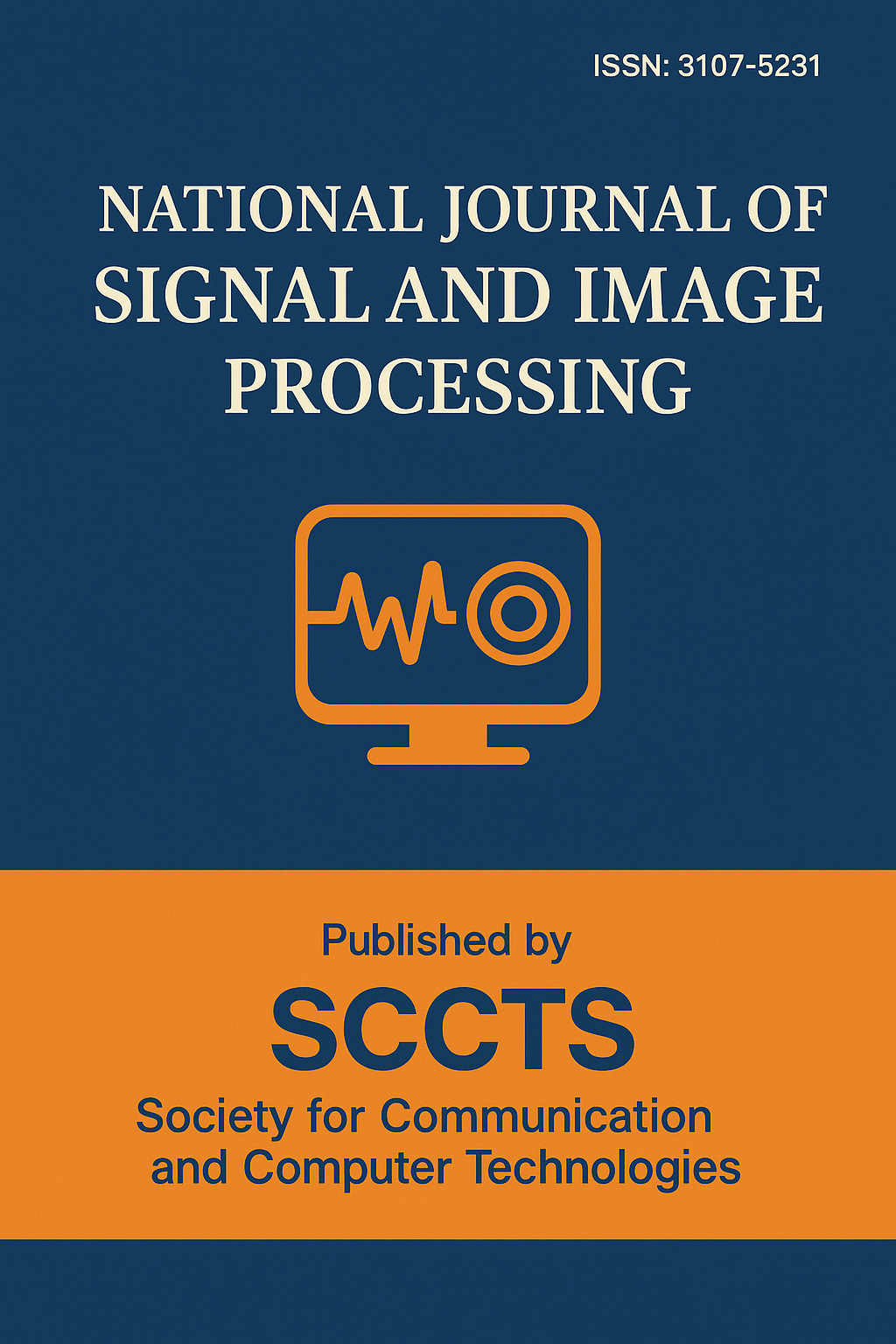Wavelet-Based Multiresolution Analysis for Efficient Compression of Non-Stationary Signals in Resource-Constrained IoT Devices
DOI:
https://doi.org/10.17051/NJSIP/01.03.02Keywords:
Wavelet Transform, Signal Compression, IoT, Non-Stationary Signals, Embedded Systems, DWT, Multiresolution Analysis, Low Power, Edge ComputingAbstract
The challenge with non-stationary signals is to process it efficiently in edge-based Resources of the Internet of Things (IoT) which already face constraints in memory and compute bottlenecks, and even stricter energy budgets. In this paper, we present a lightweight, wavelet-based multiresolution analysis (MRA) framework to provide real-time lossy compression of dynamic signal encountered in IoT tasks such as biomedical, acoustic, and environment related data streams. The worn-out approach includes discrete wavelet transform (DWT) to decompose the signal using the chosen orthogonal and parabolic sets of bases and then using adaptive thresholding and quantisation to obtain high compression ratios without losing important elements of the signal. Benchmark datasets (ECG (MIT-BIH) and vibration signals) were employed to make the approach valid. The proposed scheme had an average percent root mean square distortion PRD, of less than 3 percent, complying with a high fidelity reconstruction and the maximum compression ratio was 12:1. Besides, its realization on an ARM Cortex-M4 microcontroller showed energy savings of 58% and more than 40 percent in memory reduction relative to conventional Fourier-based methods, making it appropriate to be applied in real-time embedded systems. This architecture delivers scalable and low-power signal processing in edge-based IoT systems with a feasible course of action in tasks that require a lot of data like health wearables, in-structure health sensors and remote loggers of environmental data. These findings support that multiresolution wavelet analysis is effective in solving the twin problems of data compression and energy utilization in an IoT setting that has limited resources.






